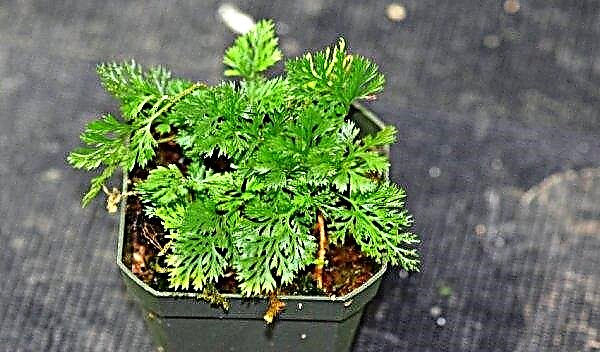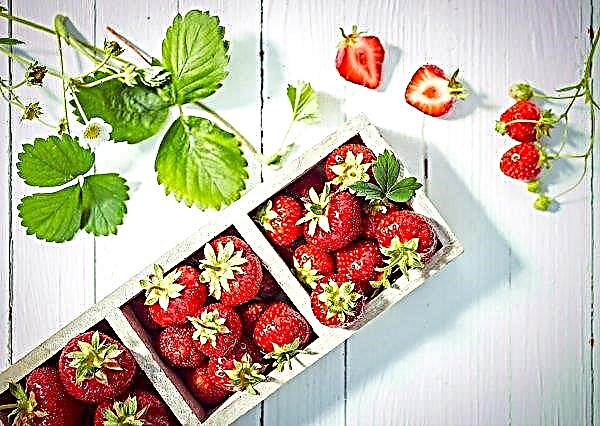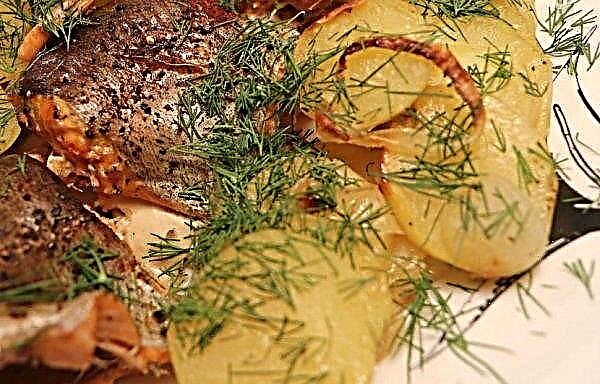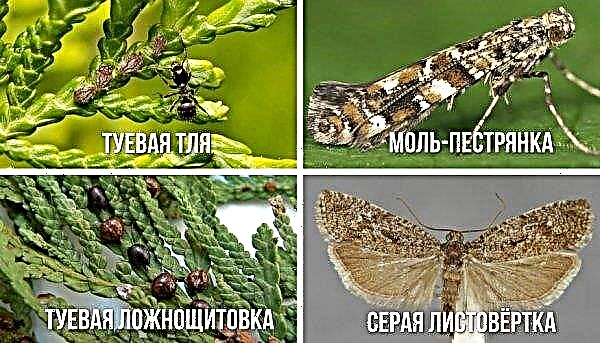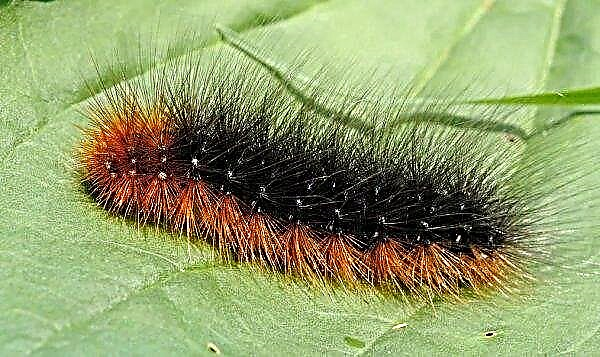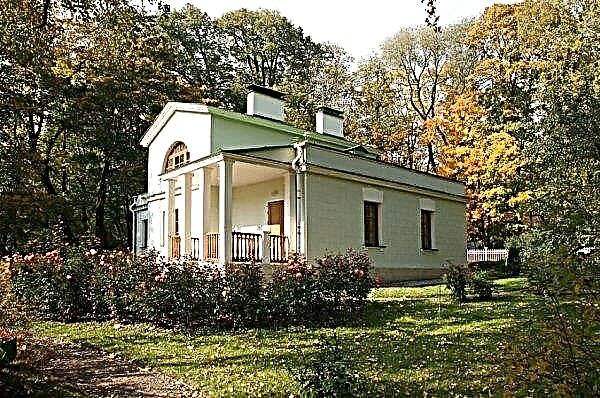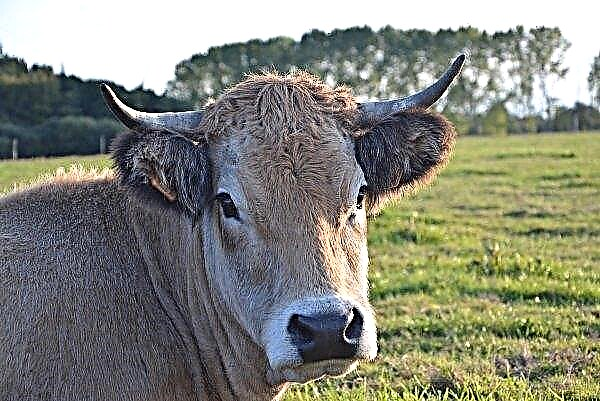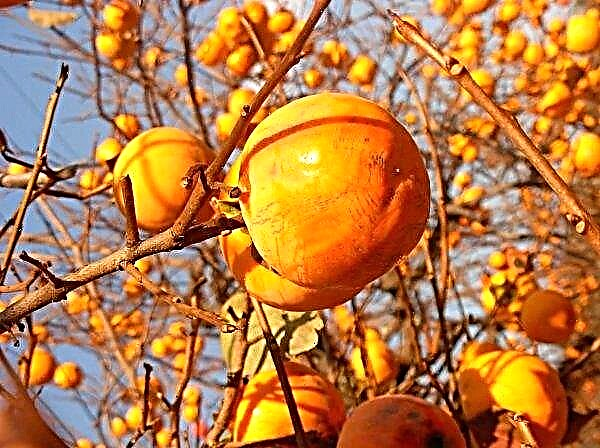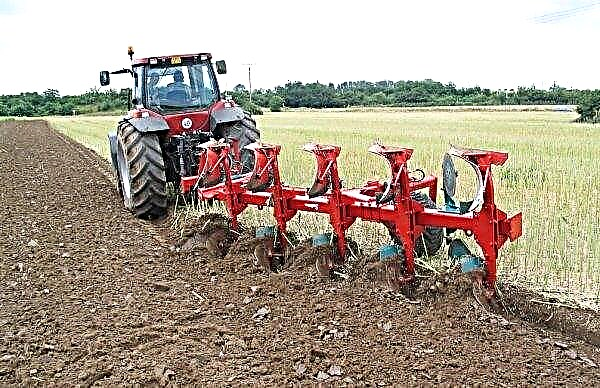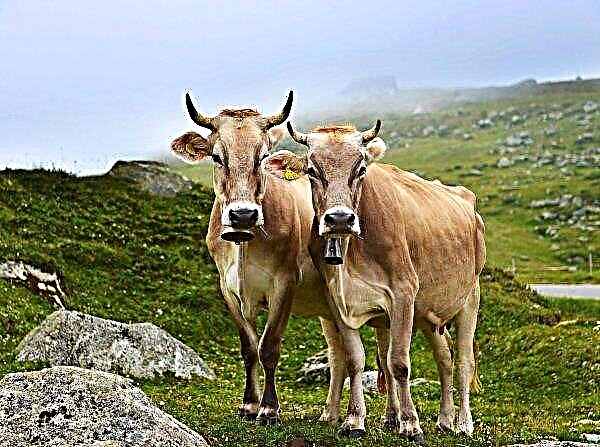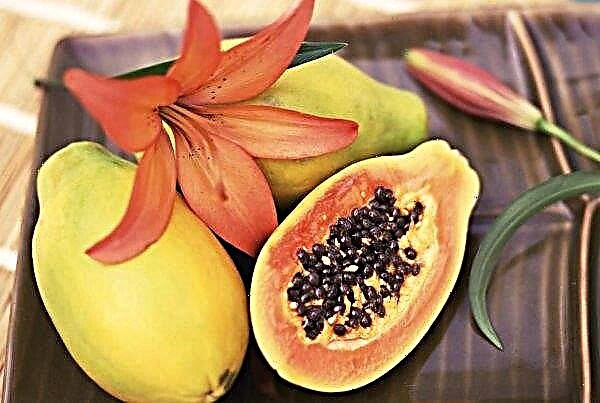Thanks to the improvement of technological processes, modern materials for shelter appeared, one of which is the Svetlitsa film. About the characteristic features of the canvas, its differences from other materials, read below.
What is the film in the greenhouse for?
The film coating serves to protect greenhouse plants from the influence of external factors such as:
- ultraviolet radiation;
- low temperature conditions;
- snow and rain protection.
Thanks to this greenhouse coating, optimal conditions for plant cultivation can be achieved.
Did you know? The ancient Romans were one of the first to grow plants in greenhouses. Gardeners planted crops in carts, which were rolled out into the sunlight during the day and left in the warm room at night.
Those who covered the hothouse with a film know that it is divided into different types:
Differences of the Svetlitsa film from polyethylene films
The Svetlitsa film has the following differences from an ordinary polyethylene cloth:
- strength is 3 times more;
- increased elasticity;
- resistance to the influence of physical factors is 3-5 times higher;
- light transmission is better by 20%;
- increased resistance to deformation and cracking by 16 times;
- effective heat storage indoors;
- long term of operation.
The “Svetlitsa” film consists of several layers with elasticity and flexibility.
Did you know? The largest number of greenhouses is in Holland, where only glass is used as a material for covering greenhouse premises. The total area of greenhouses built there is 10,500 ha.
Basically, polymer webs consist of 3 layers:
- The upper structural layer, which performs a protective function.
- The inner layer, it is also barrier.
- A bonding layer that provides polymer bonding.
The composition of the layers may vary depending on the intended use of the material. The composition of the film, in addition to polymers, may also include foil and paper.
Film characteristics
The manufacturer of the film cover “Svetlitsa” took care of the strength and durability of the product, therefore its service life reaches 7 years.The material is transparent, has a yellow tint. The width of the product is 1.5 m, the density can be: 120 microns, 150 microns and 200 microns.
Strength
High elasticity and mechanical strength guarantee that the film can withstand gusty winds up to 28 m / s. Due to the strength of the material, the gardener can not be afraid for the safety of vegetation growing in the greenhouse during hail or heavy rainfall. The reinforced strength allows you to withstand the load when cleaning the film shelter from snowfall.
Heat resistance
Due to its high temperature resistance, the material can be used to build greenhouses in areas with severe climatic conditions.
Important! Due to the presence of light stabilizing additives in the fabric, the material does not undergo cracking and deformation when the air temperature changes, and also cracks do not form on it, which reduce the protective properties.
In the manufacture of the film shelter passed hardening with a low temperature up to -80 ° C, and was also tested for exposure to hot conditions at a temperature of + 50 ° C.
Hydrophilicity
The development of the plants and their productivity depends on how condensate is distributed inside the greenhouse, so experienced gardeners recommend choosing the Svetlitsa film shelter, which is distinguished by high hydrophilicity. A feature of the material is the ability to prevent the formation of condensation on the surface of the canvas. The droplets that form on the ceiling of the greenhouse do not linger, but flow down trickles down, without harming the crops.
A feature of the material is the ability to prevent the formation of condensation on the surface of the canvas. The droplets that form on the ceiling of the greenhouse do not linger, but flow down trickles down, without harming the crops.
How to cover the greenhouse with a film?
First you need to calculate the necessary material. The quantity of the canvas is easy to determine if you know its width in a roll. To find out how many canvases are needed to shelter the greenhouse, you need to measure the length of the frame and divide the result by the width of the material. It should be noted that the material is lapped, so you need to add an additional 20 cm to the length of the paintings.
Now you need to find out how many meters of fabric will be spent on sheathing the structure, for this it is necessary to calculate the sum of the lengths of all sides of the frame and multiply by the number of paintings.
Important! If the canvas is firmly bonded to each other, then you can not at all fasten the skin to the frame. The main thing is to firmly fix the lower part of the material around the perimeter of the greenhouse.
To avoid redoing the installation of the shelter of the greenhouse, you need to use the recommendations of experienced gardeners:
- Do not immediately start cutting the film. First, the roll is thrown over the frame, so that there is tension and 20 cm are added on each side to the mount.
- When all the canvases are ready, they are lapped out on a flat surface and glued with tape on both sides. Before work, degrease the joints.
- All work is carried out at a temperature of + 5 ° C to + 15 ° C, which will help to avoid deformation or sagging of the material.
 The installation scheme of the film greenhouse. The method of attaching the web will depend on the material of which the frame is made. To wooden beams, installation is carried out using nails or self-tapping screws. Plastic and metal substrates are bonded to the film using clips purchased at the store.
The installation scheme of the film greenhouse. The method of attaching the web will depend on the material of which the frame is made. To wooden beams, installation is carried out using nails or self-tapping screws. Plastic and metal substrates are bonded to the film using clips purchased at the store.Covering a greenhouse with Svetlitsa film is the best solution to save money on the purchase of finished greenhouse constructions. The canvas is durable and hydrophilic, which will allow you to easily grow plants and get a rich harvest.

